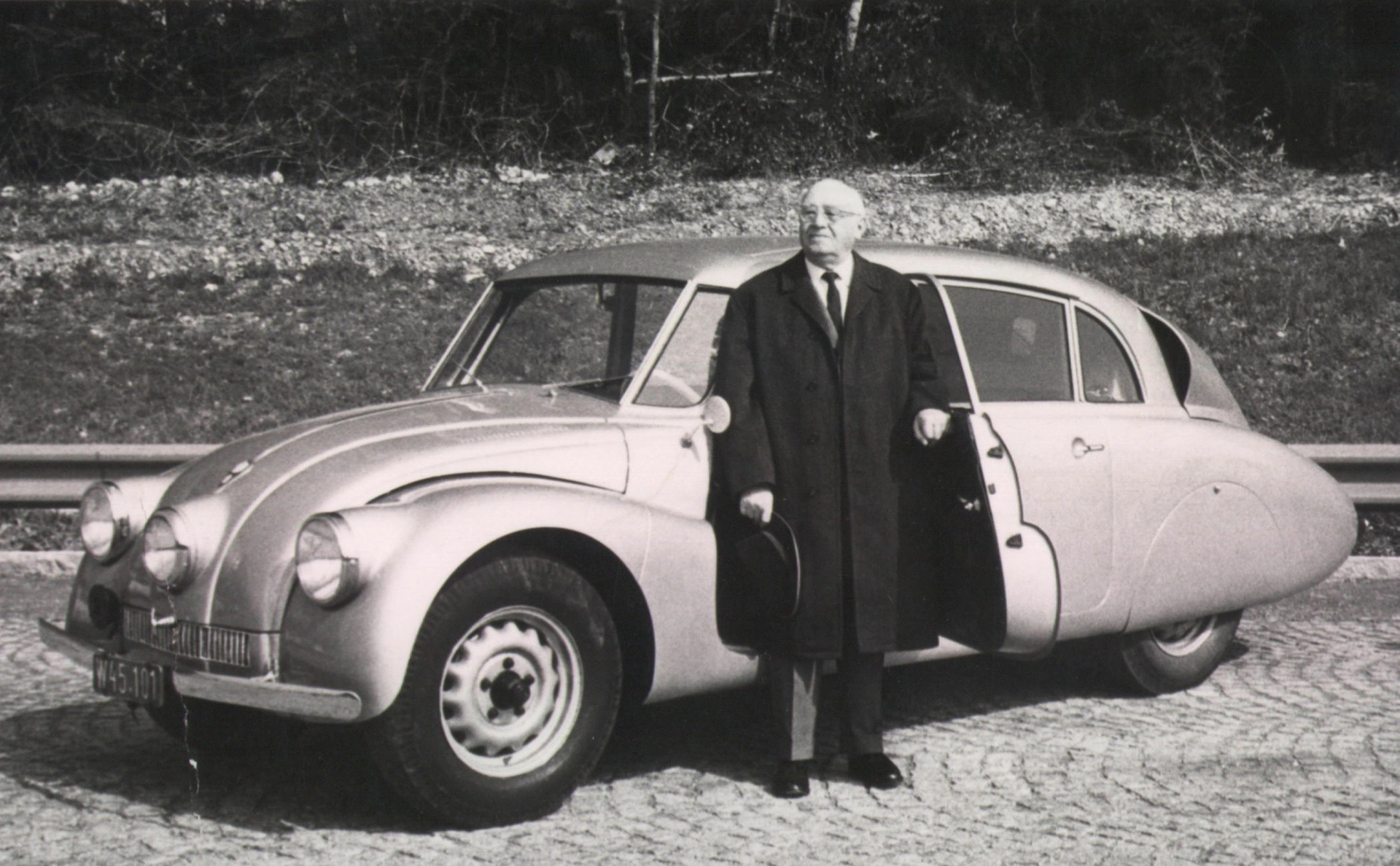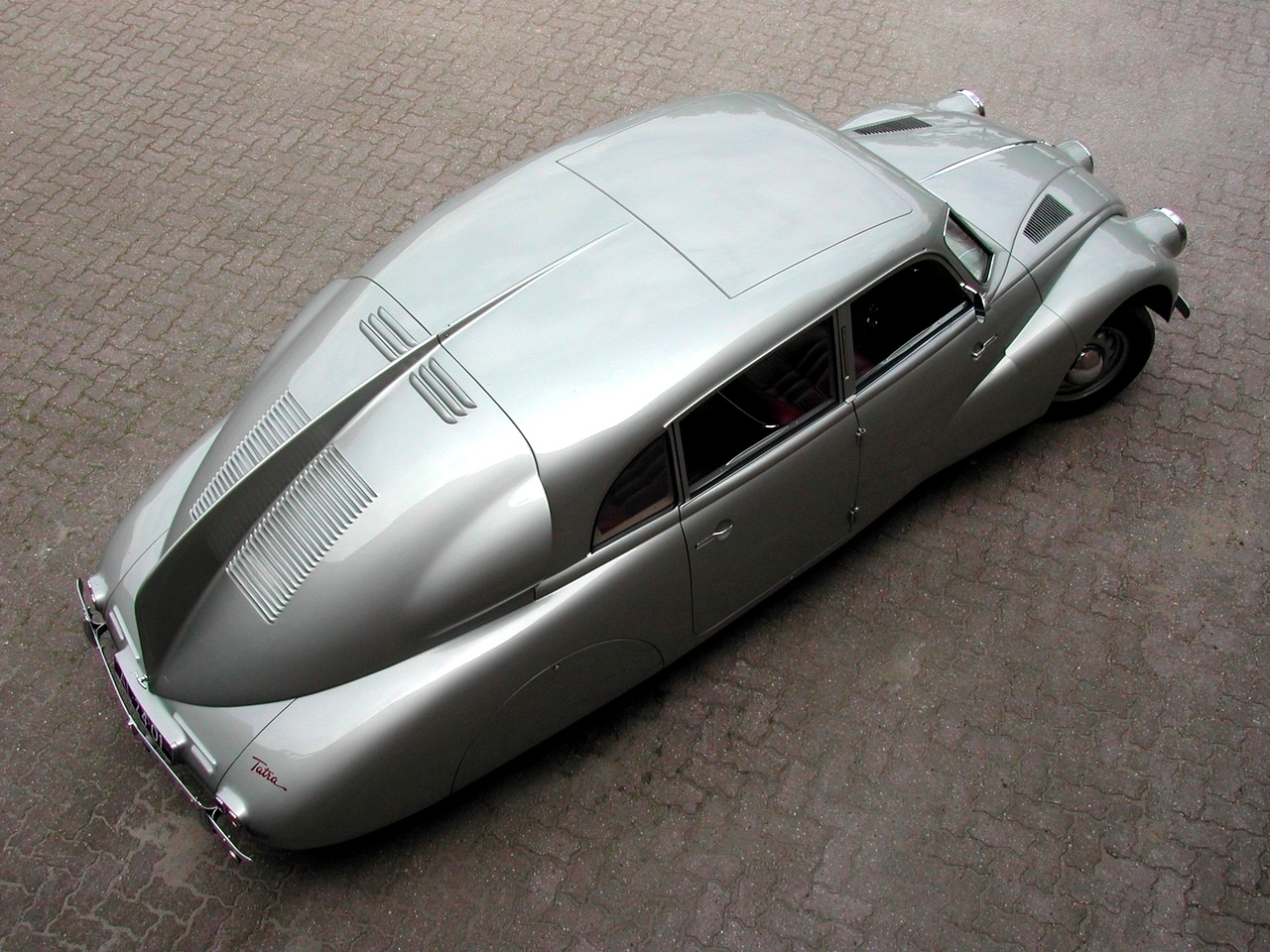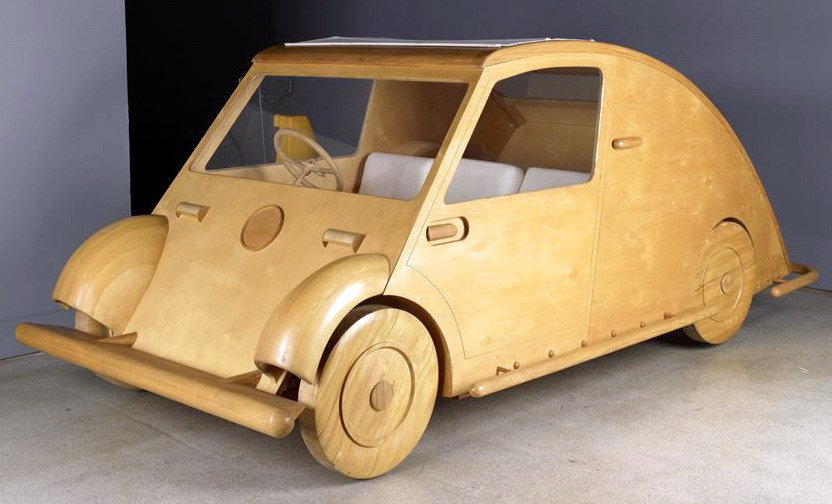Unforgettable Car Geniuses: Hans Ledwinka
08 February 2025 9 min read 5 images

Photo credit: Gooding, Tatra, Wheelsage
The designer and mastermind behind Tatra was the brilliant Austrian Hans Ledwinka. Another Austrian was one of the most demanding customers of the Czech brand: Adolf Hitler, who owned more than one Tatra. Equally Austrian was Ferdinand Porsche, the engineer whom the man leading Germany had entrusted with the creation of a car for the masses—what would later become the famous Volkswagen Beetle.
Register to unlock this article
Signing up is free and gives you access to hundreds of articles and additional benefits. See what’s included in your free membership. See what's included in your free membership.
Already have an account? Log In


